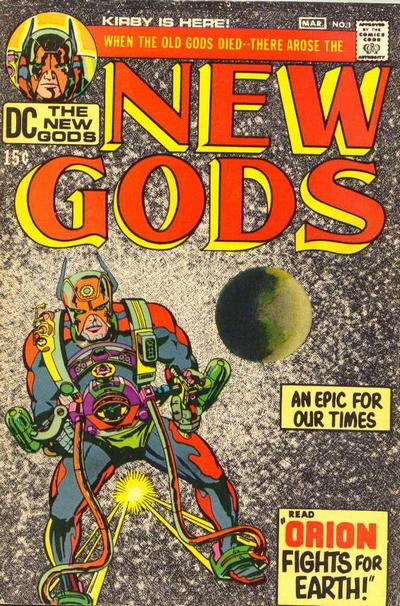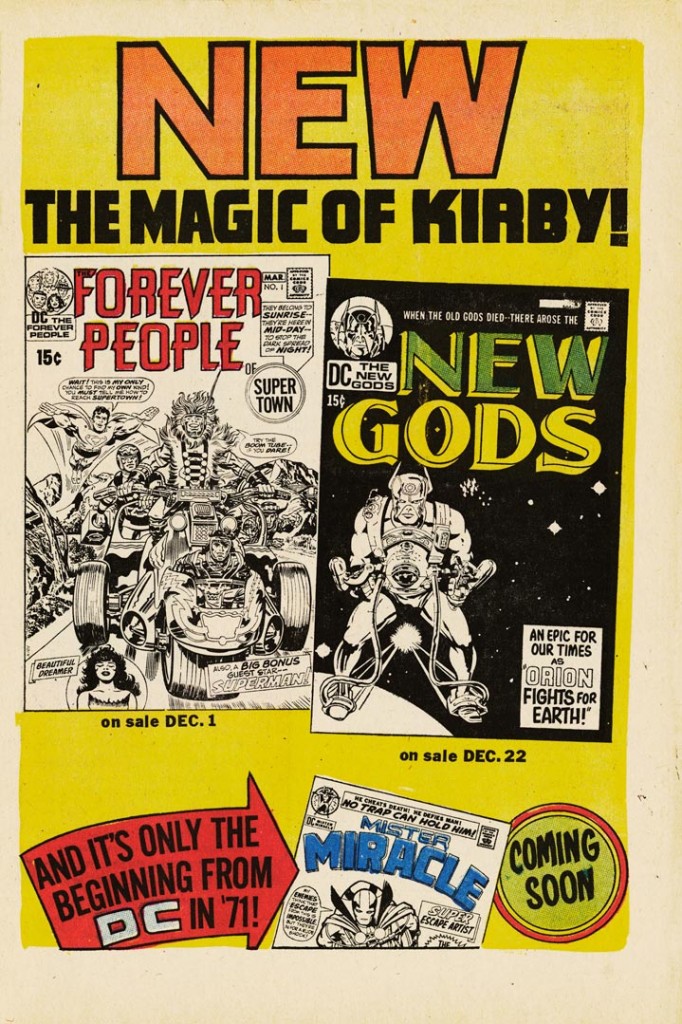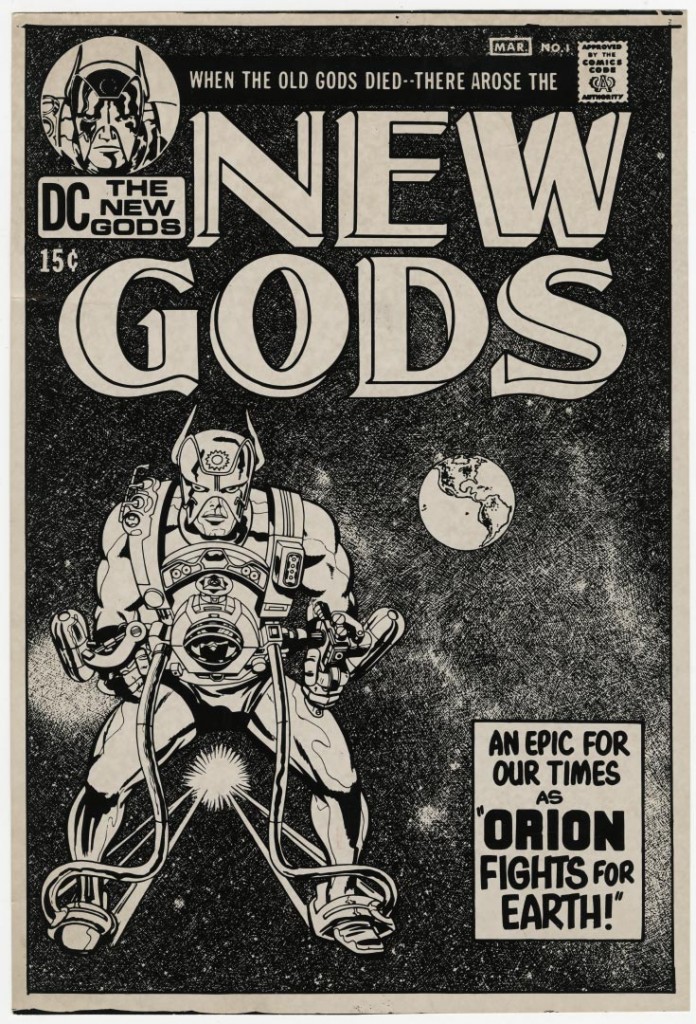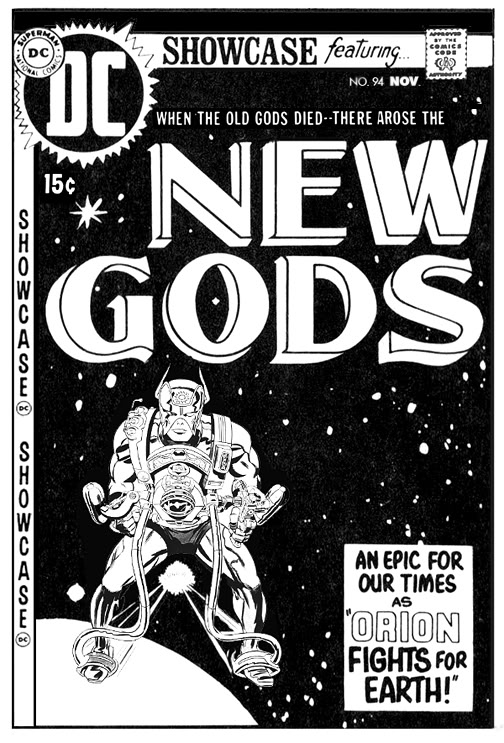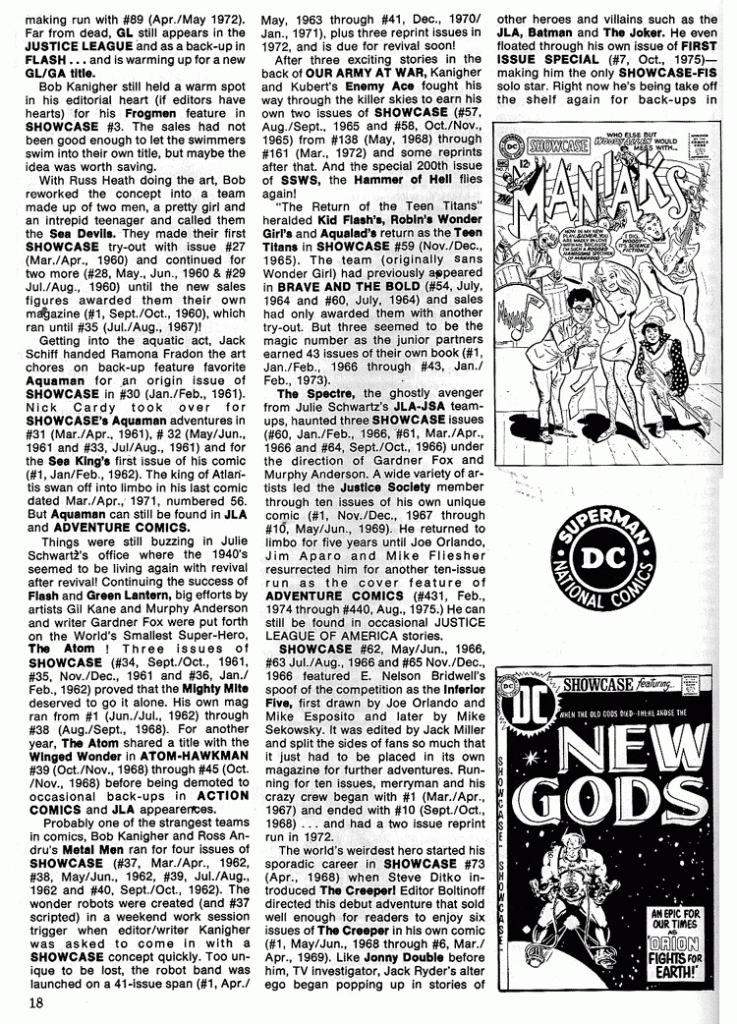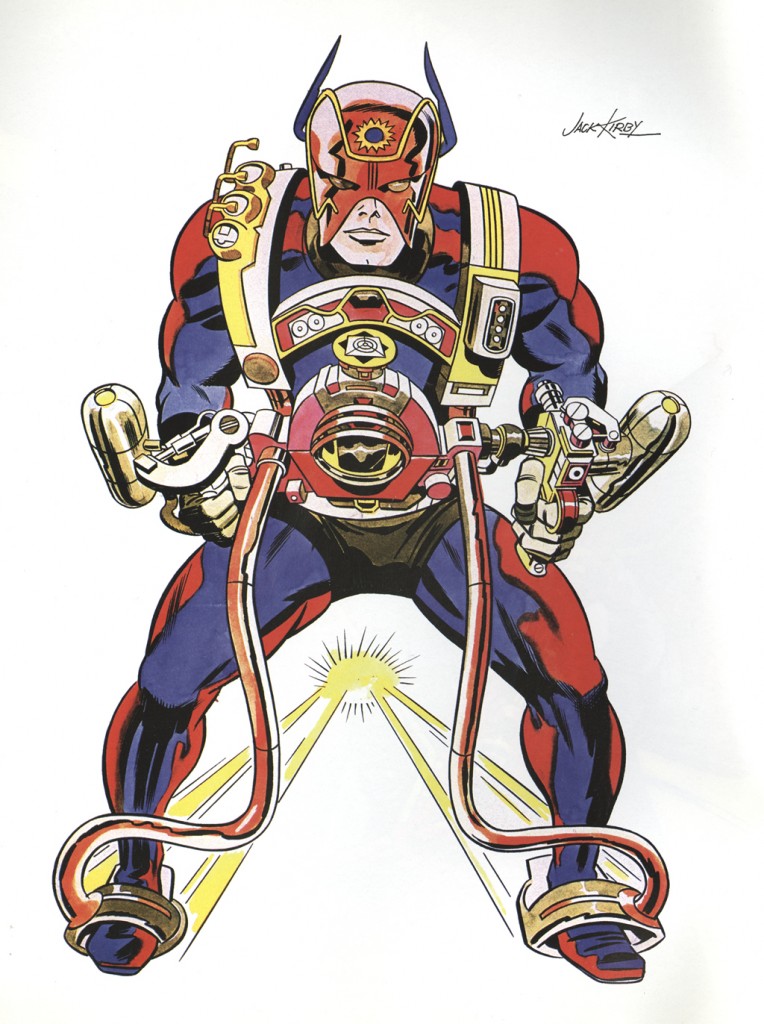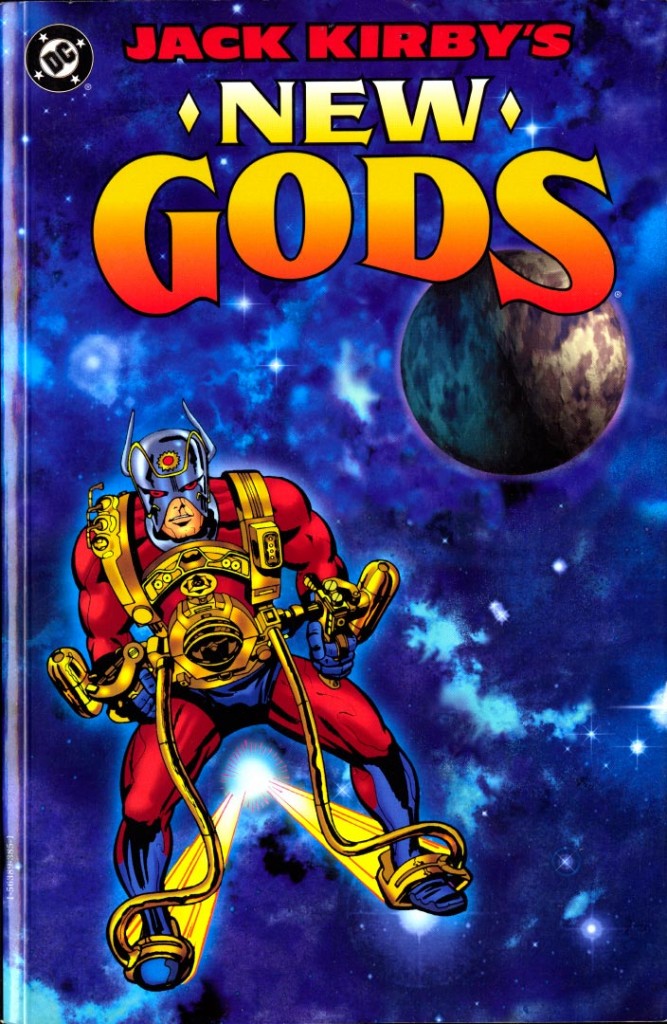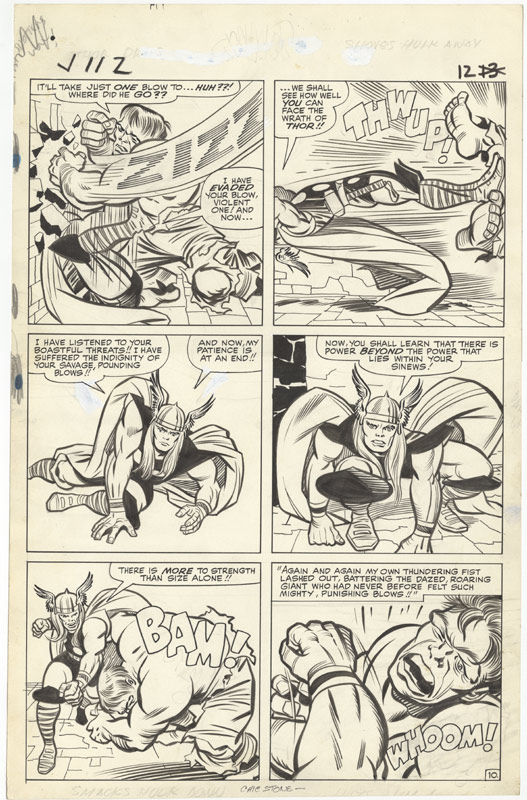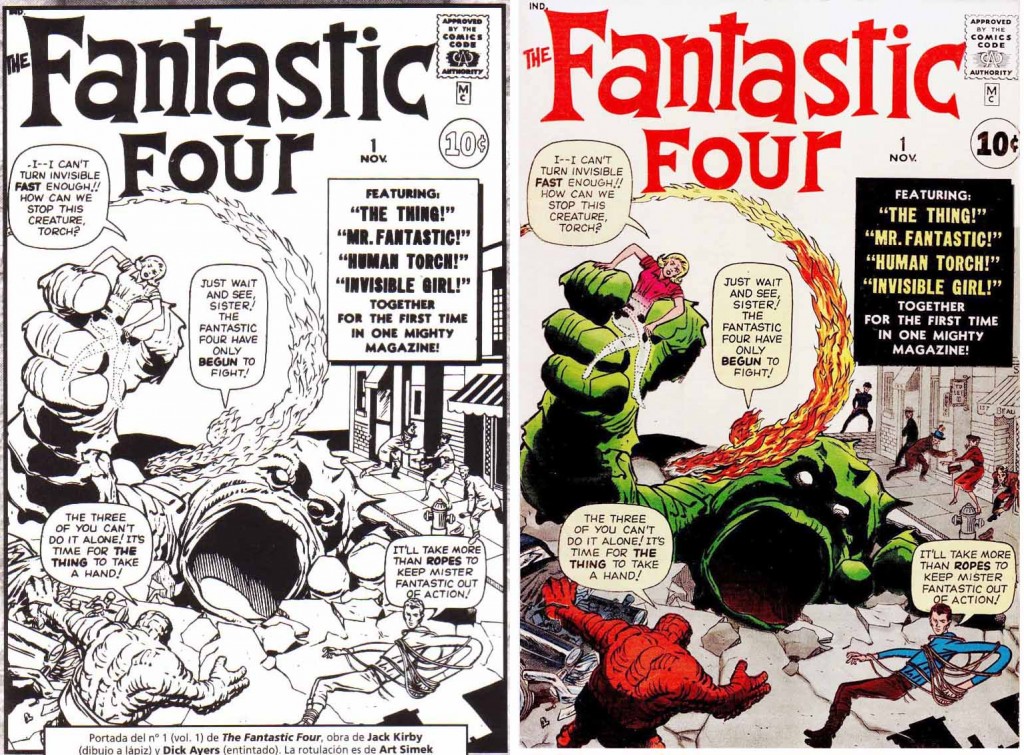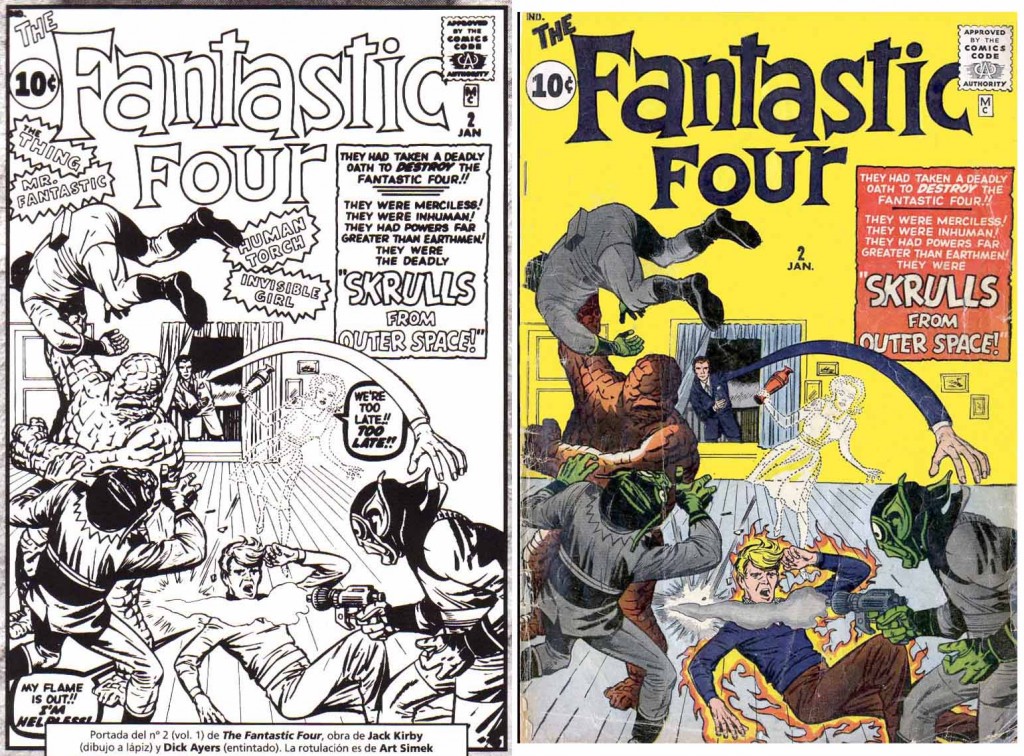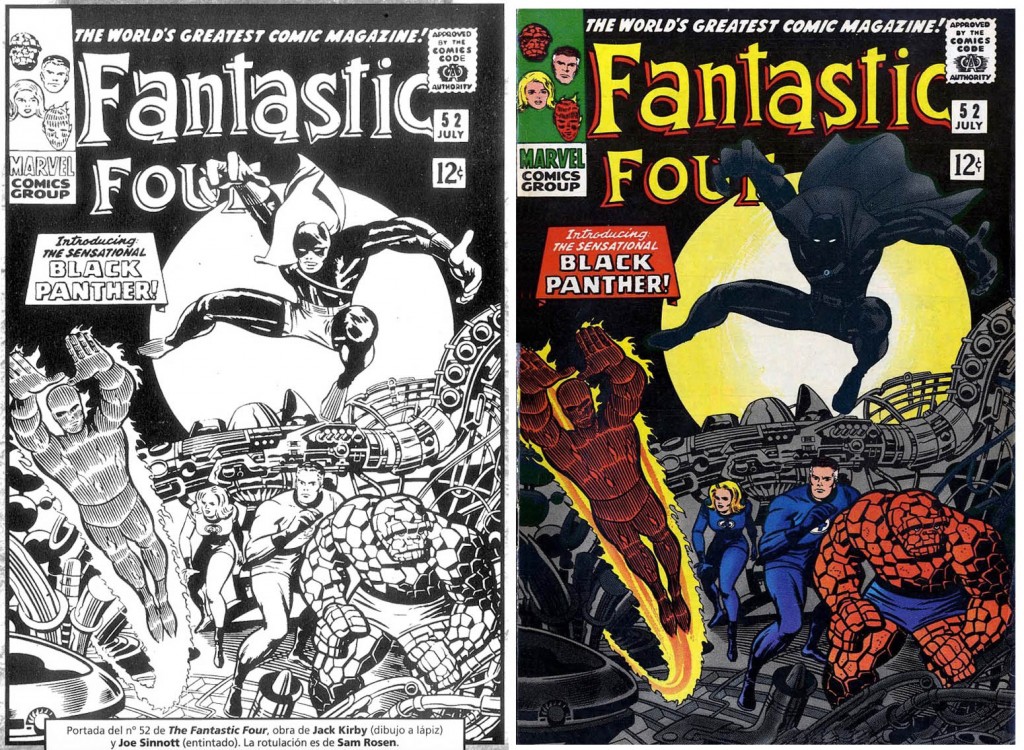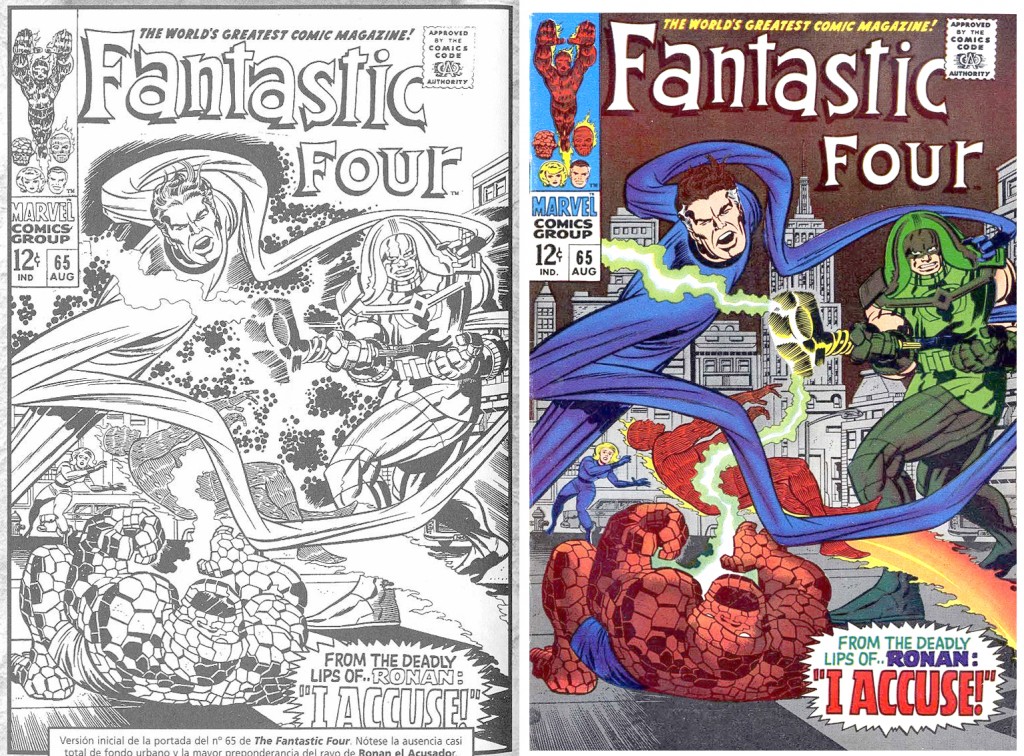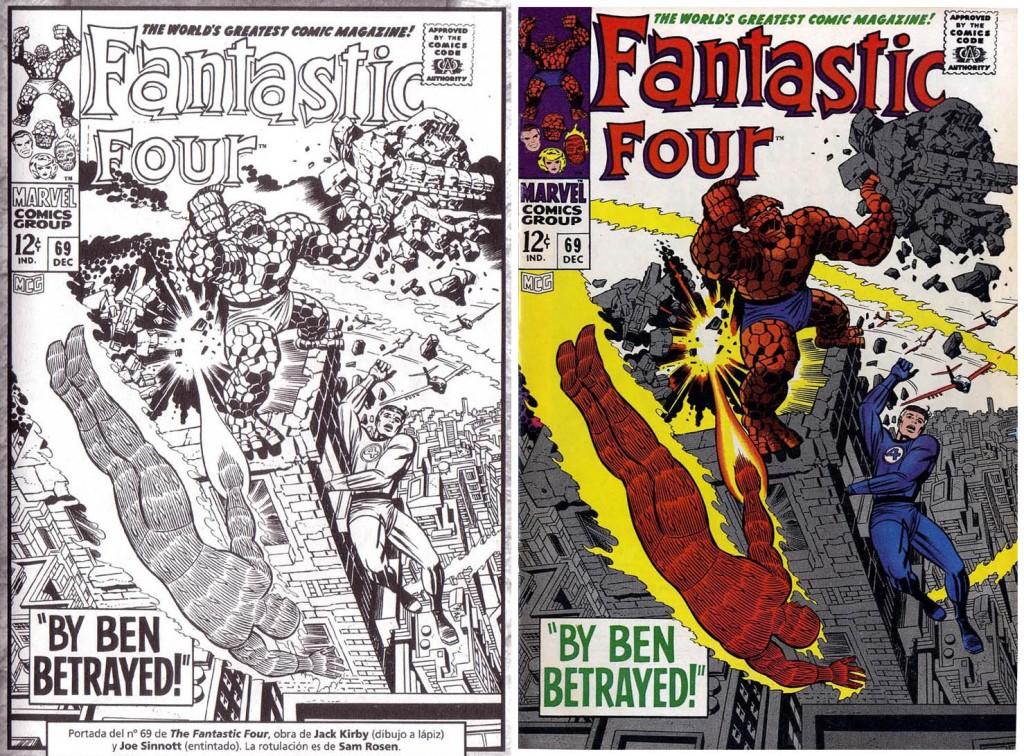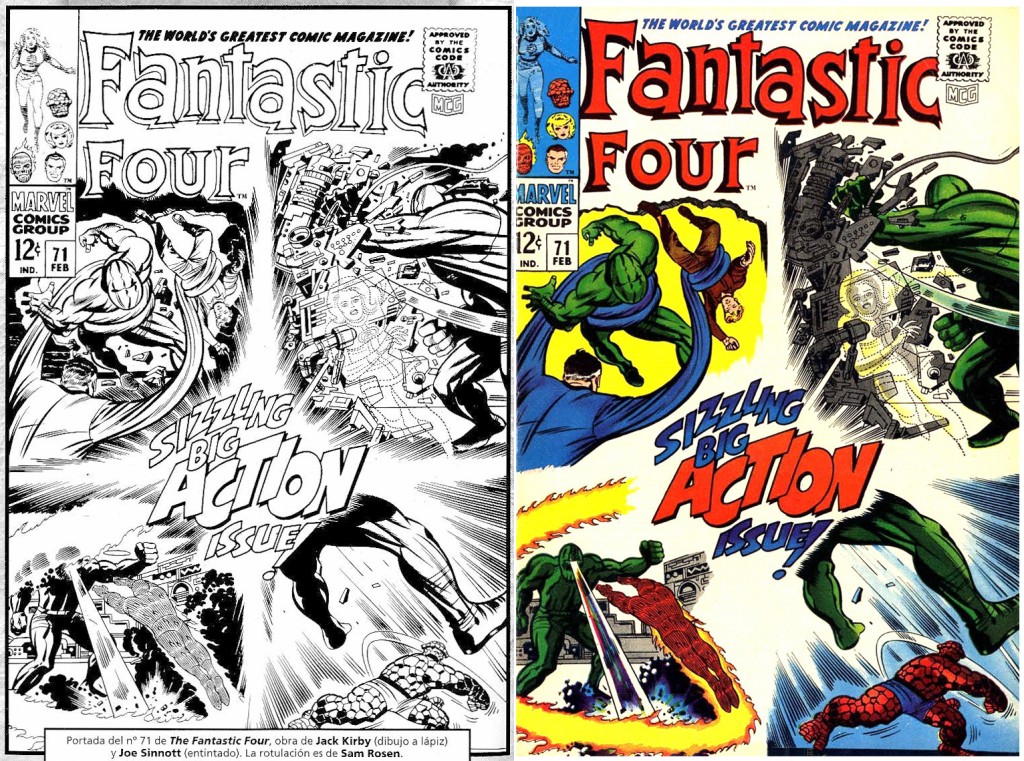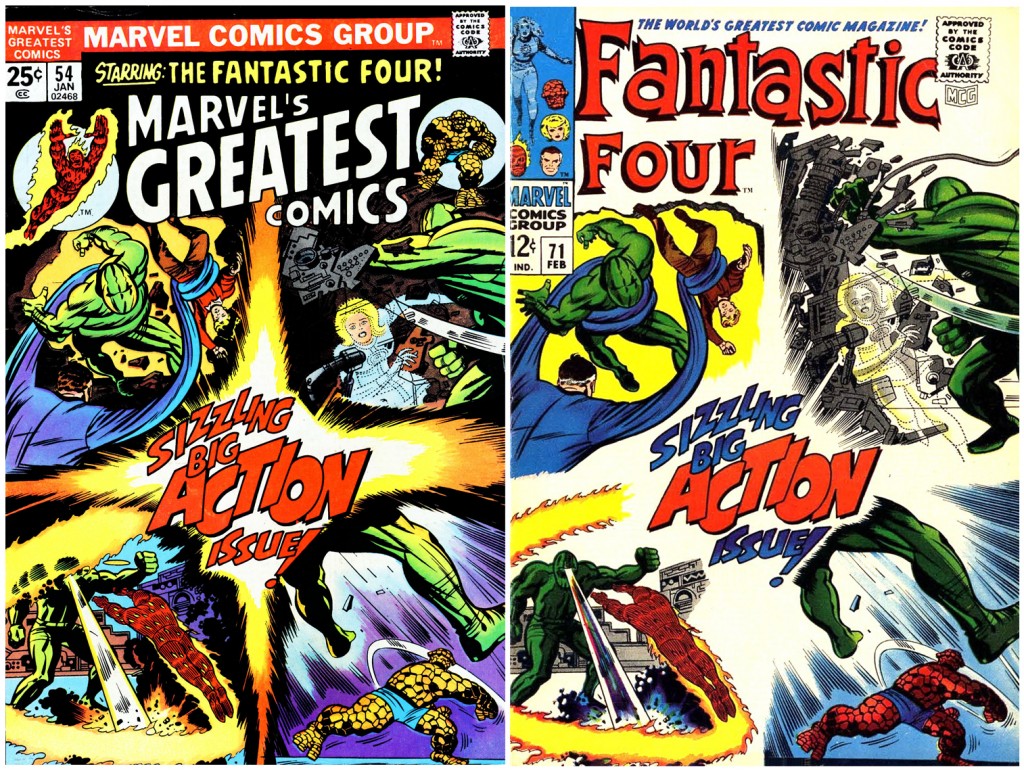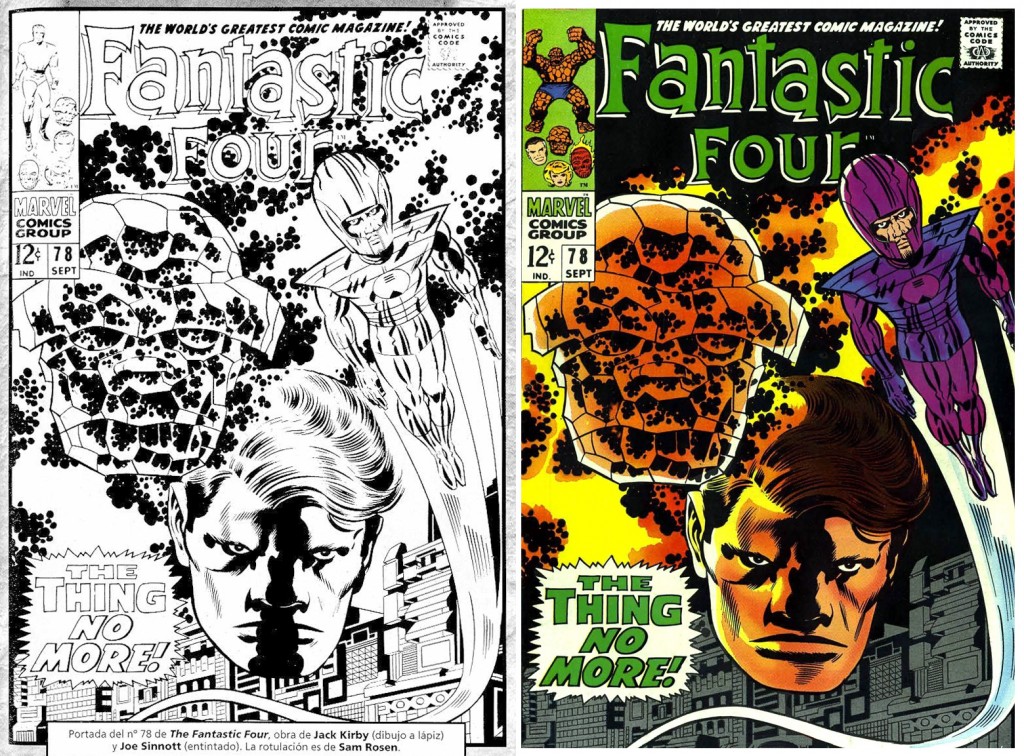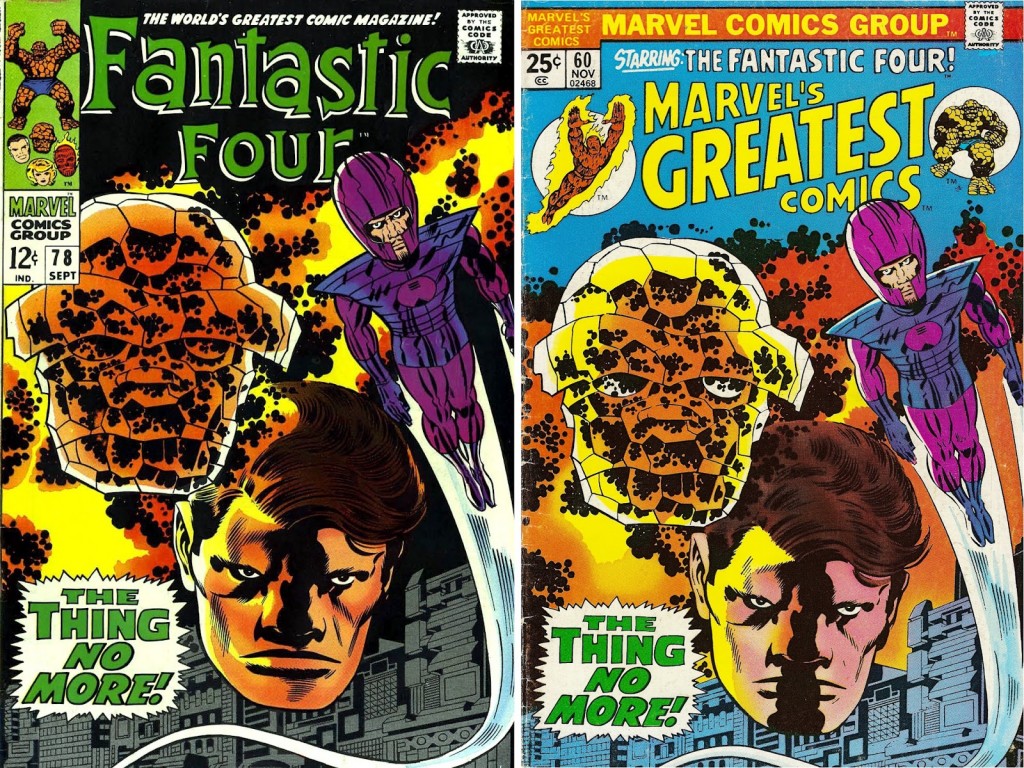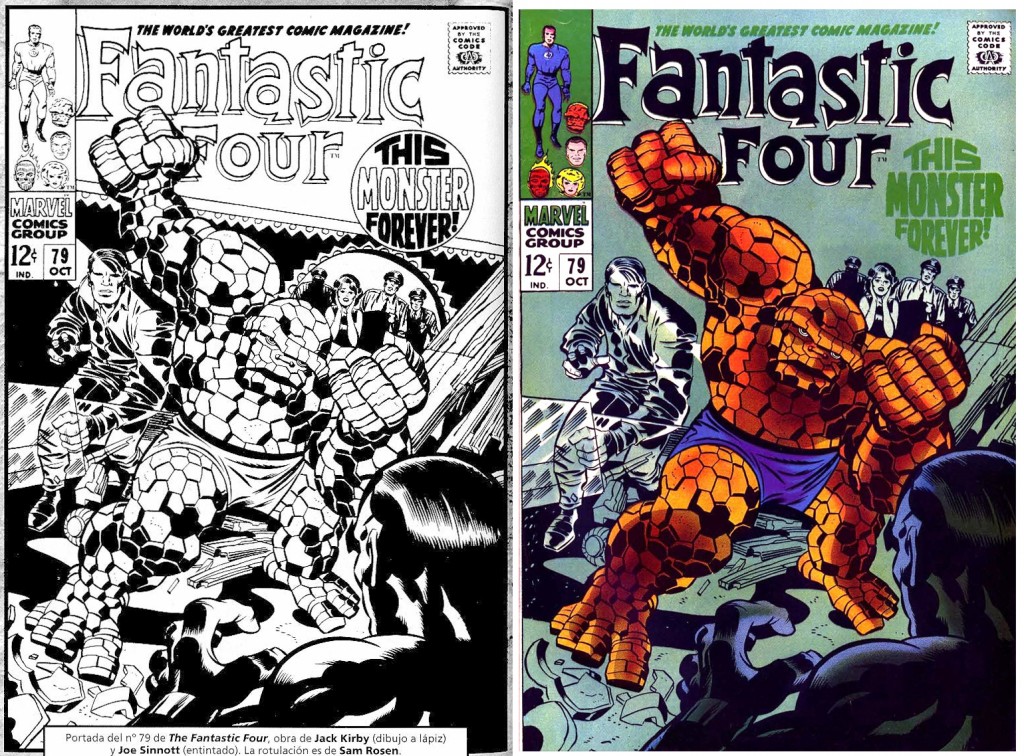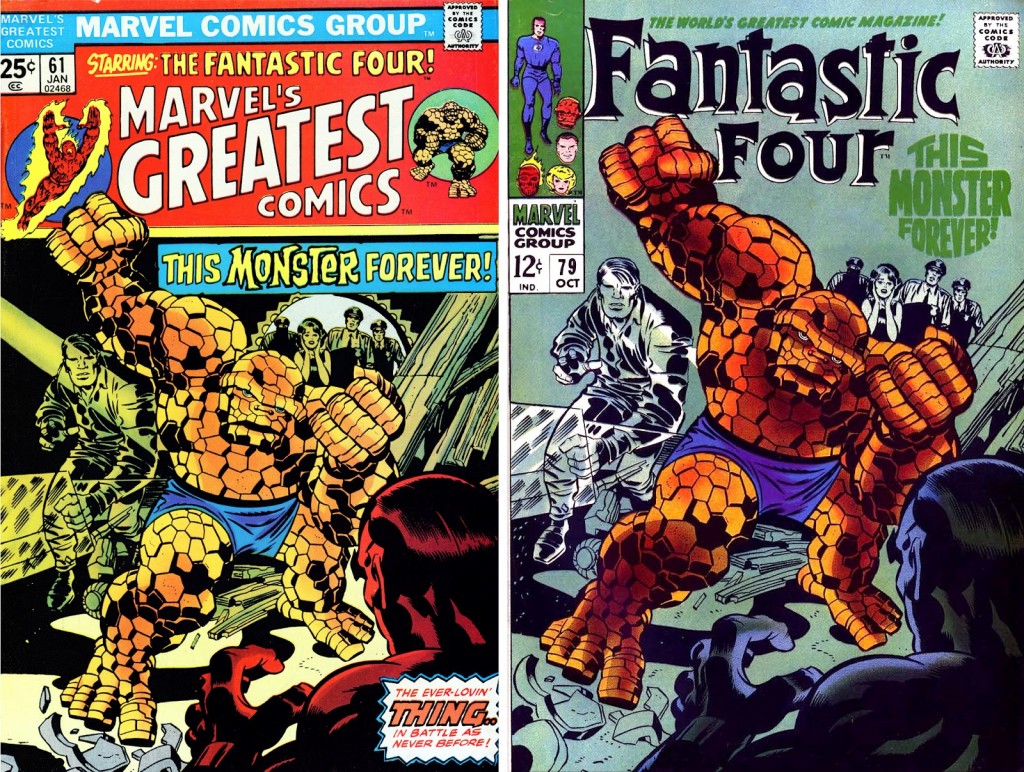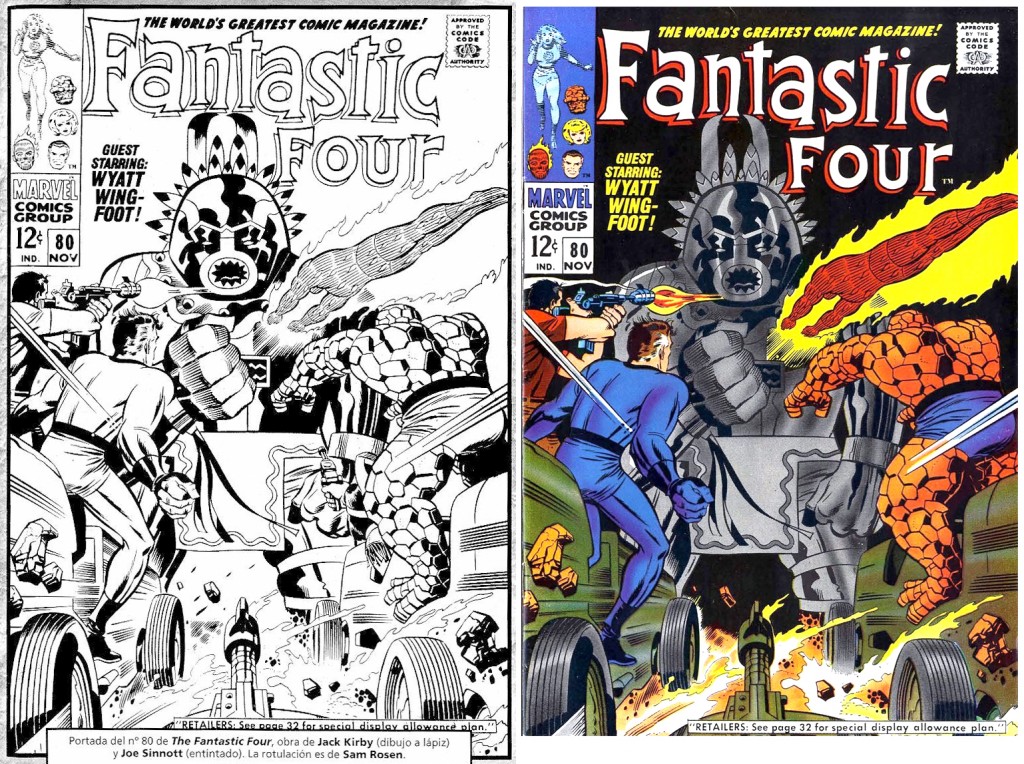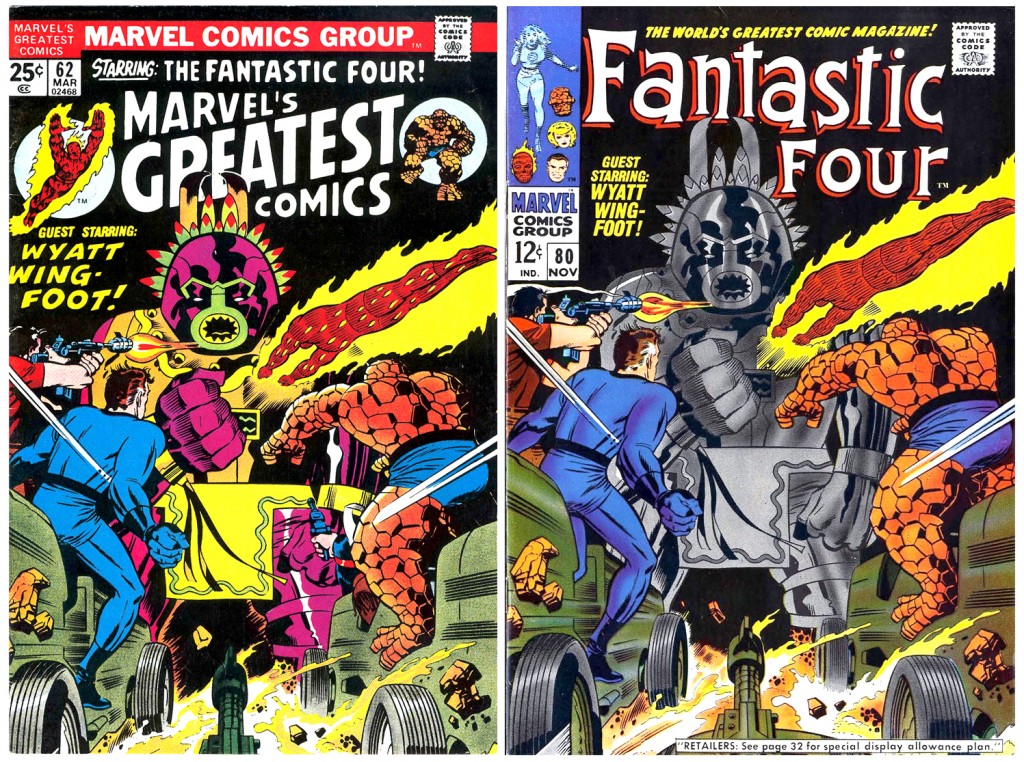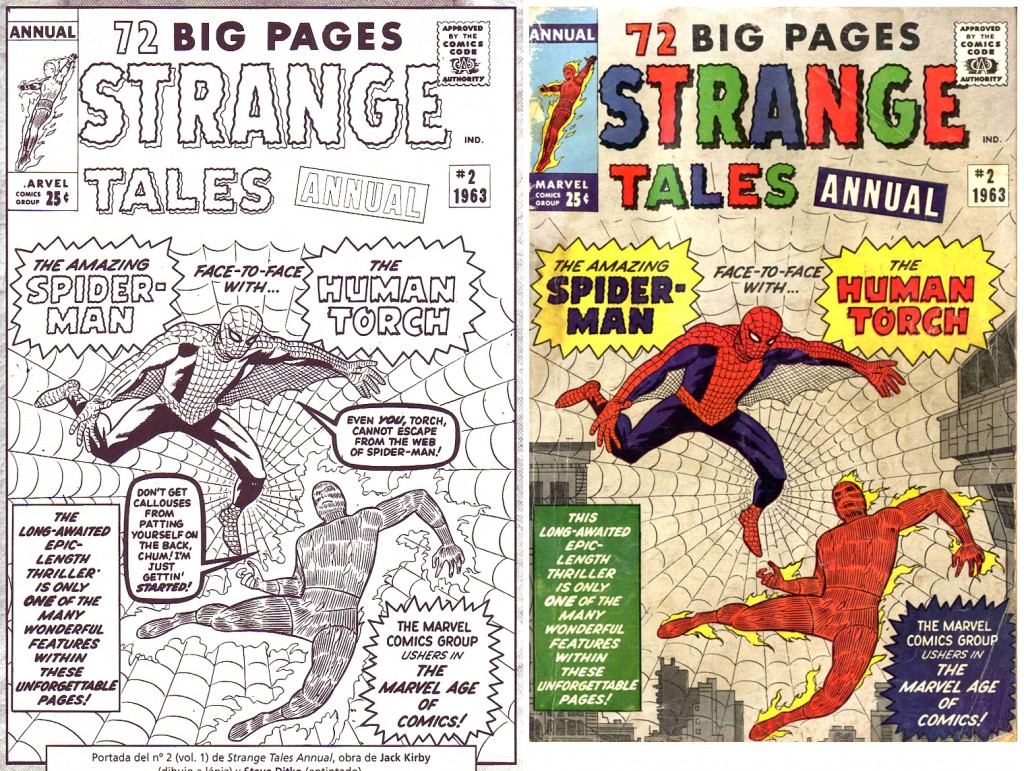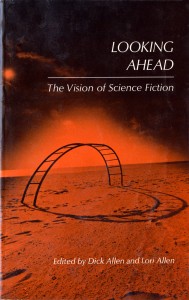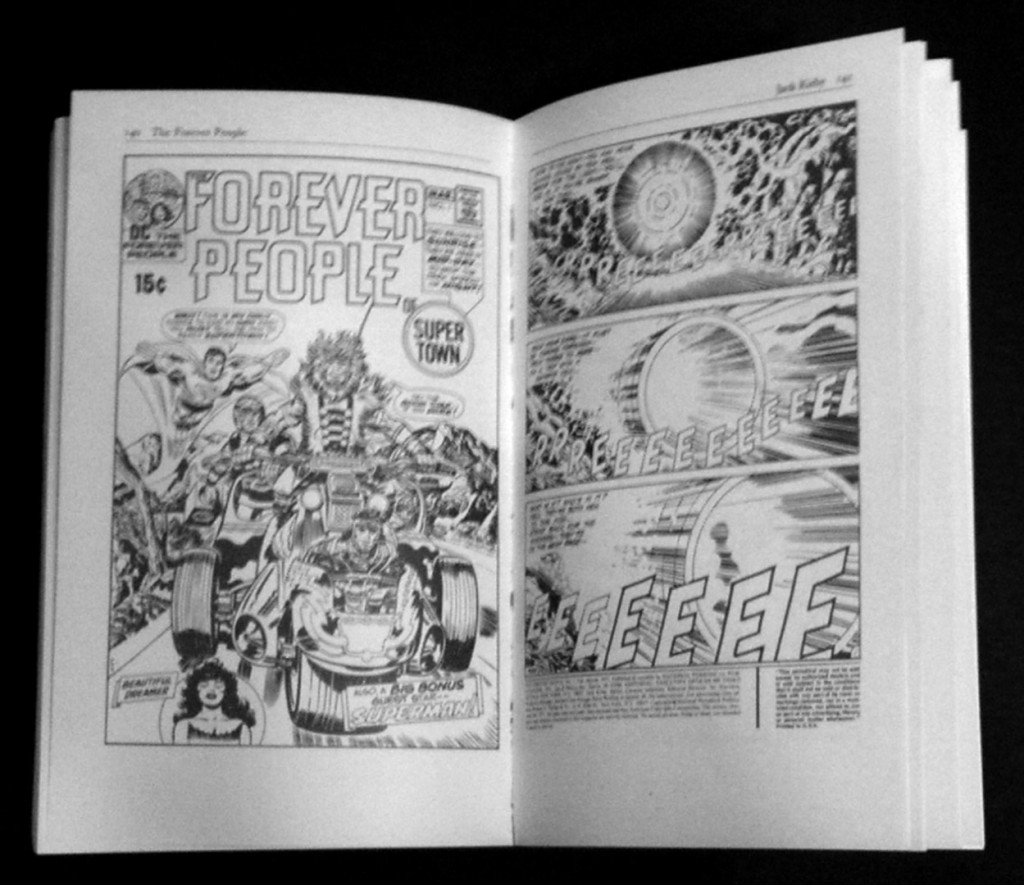(Most of the following information is based on documents at Ancestry.com.)
There are two documents which place Howard Ferguson at specific locations and dates, and reveal where he was employed.
Howard Grant Ferguson was born in Washburn, Wisconsin on July 4, 1895, according to his World War I draft card, which was signed on June 5, 1917. He lived in Detroit, Michigan at 148 Chene, and was employed at the Dae Health Laboratory, a manufacturer of drugs. He listed his wife and baby, who was nine months old, as his nearest relatives. Their names and the gender of the baby are not known. How long he served in the military is not known.
Ferguson’s World War II draft card was signed on April 27, 1942. The card has the same date and place of birth as his World War I card. At the time, he lived in Hollis, Long Island, New York at 110-33 207 Street; today this neighborhood is in New York City’s borough of Queens. On the line for employer it said, “Simon-Kirby Productions”; the employer’s address was, “Tudor City, New York City”. The length of his military service is not known.
In the book, “Joe Simon, My Life in Comics”, Simon said,
…Howard was from Detroit. His wife had left him, and he came to New York with his daughter Elsie, who was his pride and joy. She was maybe eight or nine years old at the time….
The name of Ferguson’s wife is not known. Simon said Ferguson’s daughter was named Elsie and eight to nine years old. Based on the information on the World War I draft card, his baby was nine months old, so the birth was around September 1916. By 1939 that baby’s age would be about 23. There are several possibilities to consider. If Simon’s recollection was correct, then Elsie would have been born between 1929 and 1931. Elsie may have been a second child; her older sibling was old enough to have left the family. The older sibling may nave passed away. Maybe Elsie was the child from a second marriage. I say this because of the name on Ferguson’s World War II draft card.
On the 1942 draft card, the name of his nearest relative was Ms. Edith Ferguson, who lived at the same address. Who was Edith? Was she a second wife; was the name a “mistake” or something else? The back of the card was signed by the registrar, Mabel A. Keating, and, I believe, she filled out the front of the card; the “M’ and “K” in her signature match the first letters of “Ms” and “Kirby”. Did she misunderstand Ferguson? Did she hear “Edith” instead of “Elsie”? Or was Elsie the nickname or middle name of Edith? The name, Elsie, may be a clue in finding Ferguson in the U.S. federal and state censuses.
Looking at the census records, there are many listings for “Howard Ferguson”. Information from Ferguson’s draft cards helped eliminate most of them. My search focused on the 1895 Wisconsin State Census, which listed a “Grant Ferguson” who was born in Washburn, Bayfield County, Wisconsin. His age was not recorded.
I believe he was recorded in the 1910 federal census. Here is the listing for a household in Duluth, Minnesota at 131 West 3rd Street:
Name, Age [Description; birthplace]
Arbal Hawley, 35 [Head; born in Minnesota]
Marian Hawley, 35 [Wife, second marriage; born in Michigan]
Howard Ferguson, 14 [Stepson; born in Wisconsin]
Arbal C. Hawley, 03 [Son; born in Wisconsin]
Elsie M. Rettie, 60 [Mother-in-law; born in Scotland]
The census records provide a wealth of information such as residence, age, marital status, birth state or country, occupation, etc. Ferguson’s name is on line 56 of the enumeration page; he was 14, single, English-speaking, and was not in a trade or profession. His mother had remarried around 1906. As I mentioned earlier, the name, Elsie, may be a link to his past. His maternal grandmother was named Elsie. Of course, this could be a coincidence, so I can’t say, with a hundred percent certainty, that I’ve found Ferguson the letterer. I looked for him in the 1900 census and did not find him. So, I turned my attention to Elsie.
She was found in the 1905 Wisconsin State Census on line 40; here is the listing:
Name, Age [Description]
Elsie Rettie, 59 [Head]
Marion Rettie, 30 [Daughter]
Howard Rettie, 09 [Son]
Tena Norman, 17 [Domestic]
Elsie was the head of the household; Marion and Howard were identified as her daughter and son, so they had the same surname, Rettie; Tena was a servant. The surname for his mother and him are wrong, Rettie instead of Ferguson. And he should have been identified as grandson, based on his relationship with the head of the household. The status and whereabouts of his father is not known, but the census recorded Scotland as his father’s birthplace. Looking farther back at the 1870 census, Elsie was married to William, and their daughter, “Marian” was nine months old; they lived in Fort Gratriot, Michigan. In the 1880 census, the family of three remained there; Marion’s nickname was Minnie. At the very least, this information is snapshot of Ferguson’s heritage.
I’ve searched for him in the 1920 and 1930 federal censuses, but he’s not found in either one. His mother and grandmother were recorded in the 1920 and 1930 censuses, at the same Detroit, Michigan households.
In “Joe Simon: My Life In Comics”, Simon recalled:
In 1939…we brought in a letterer, too. The letterer’s name was Howard Ferguson, and he was the best ever in the business….Howard’s mother was an “America Firster,” one of the people who pressured the government not to get involved with World War II. The group had been organized by a Yale student. Its ranks included future President Gerald Ford and Sargent Shriver, the man who founded the Peace Corps. Howard didn’t agree with the Firsters, so he had a lot of heated arguments with his mother, and held a lifelong grudge against her.
In the book, “Carmine Infantino: Penciler, Publisher, Provocateur”, Jim Amash interviewed Infantino; an excerpt about Ferguson.
JA: Tell me about Howard Ferguson.
CI: Yes! He was a crusty, old bastard. [chuckles] He was one hell of a letterer. He was a fat, older, German guy—very tough. Jack [Kirby] used to say, “Don’t pay attention to him. He’s all right.”
Based on the collected information, here is a sketchy timeline for Ferguson:
1895: born in Washburn, Wisconsin on July 4
1900: no census information
1905: resident of Superior, Wisconsin
1906: his mother remarries
1910: resident of Duluth, Minnesota
19??: move to Detroit, Michigan
1916: resident of Detroit; married
1917: resident of Detroit; married with one child
1920: no census information
1930: no census information
19??: move to New York City
1939: employed by Simon and Kirby; divorced with one child
1942: employed by Simon and Kirby; shared residence with Edith
1950s: lettering credits through the late 1950s (Grand Comics Database)
1960s: lettering credits through the late 1960s (Who’s Who of American Comic Books)
19??: death
Ferguson’s work is discussed at:
Ferguson’s credits can be viewed at:
And from 2006, an unsubstantiated description of Ferguson as being African American.
SharkForum, www.sharkforum.org/2006/01/cover-painting-all-words-are-l.html
(Many thanks to Alex Jay for allowing his research to be posted here! – Rand)




